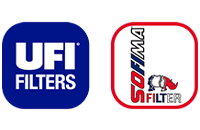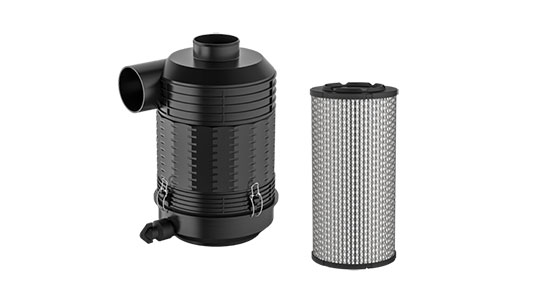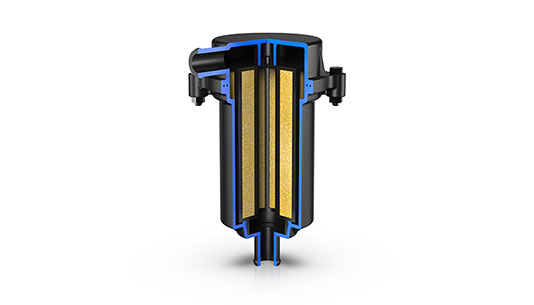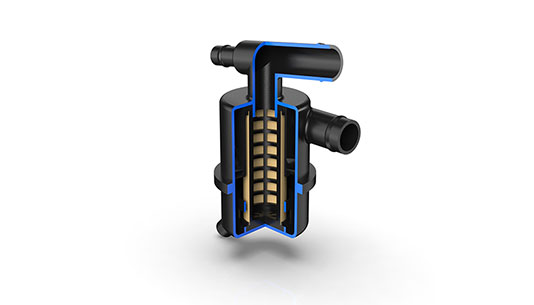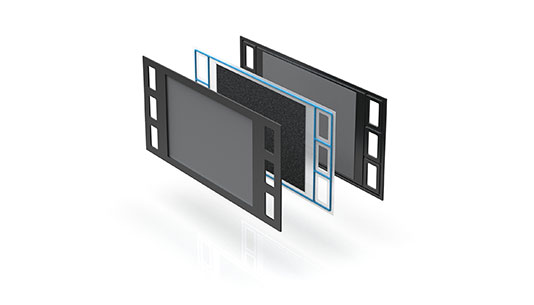UFI Filters is ready for hydrogen mobility. When it comes to HGVs, large-tonnage transport, and long distances, the use of hydrogen to power fuel cells is one of the best solutions to drastically reduce air pollution. Hydrogen has also proved to be a valid solution for the decarbonization of transport; indeed, a great deal of attention is devoted to this source of power in the 2020 European energy plan. UFI Filters, a leading company in filtration and production of heat exchangers for combustion, hybrid and electric vehicles, has been developing devices related to the use of hydrogen in fuel cells and related filtration issues since 2017, not only for applications on heavy goods vehicles but also for the future of car and light commercial vehicle mobility.
